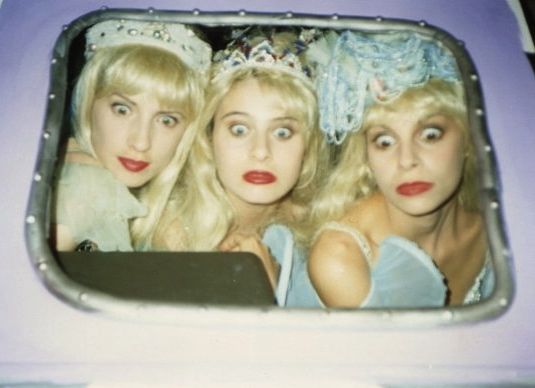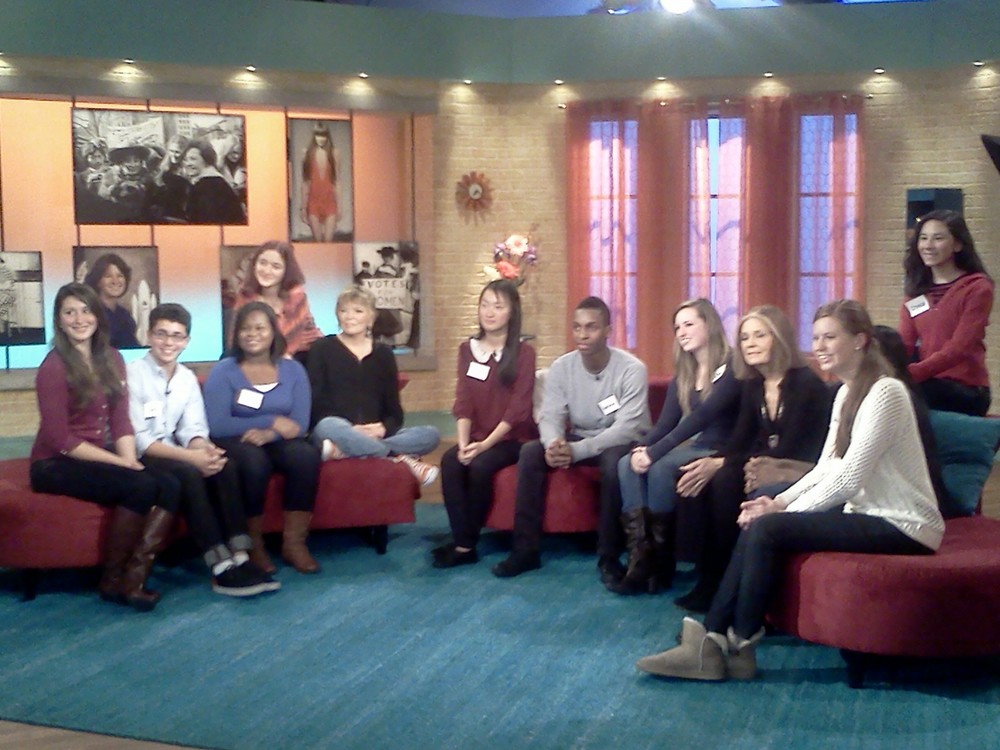Dave Navarro is probably best taken raw, unfettered and unscripted, but he still did an excellent job of reading a script. No one would have guessed it was the first time he read from a teleprompter. Navarro's arched eyebrows and challenging stare were imprinted in my memory, but I had never thought about his career until I operated his teleprompter for the Season 2 Finale of Spike TV’s Ink Masters Live. Before I turned up for the rehearsal, I was told that certain people were touchy and I might be ditched from the job. This did not make me feel good.

In preparation, I started reading Navarro’s book, “Don’t Try This at Home.” I thought perhaps if I got in tune with him, I might be able to help the show run more smoothly. Soon, though, I realized that I’d best not try this at home or anywhere.
“Since the option of death was always available, I had nothing to lose,” Navarro says early in his book. “If somebody came over and spilled a glass of wine on the couch, I could always kill myself.”
Thank God, I thought. This man understands the futility of striving and this job might actually be fun. But I was no match for Dave Navarro and anything short of perfection was unacceptable to him, at least in terms of teleprompting. Shortly before the live show began, I wished that the option of death were—in fact—a little more available.
When the first rehearsal began, Navarro’s microphone was not turned on so I heard nothing for around two minutes. This was long enough for him to decide I was not up to scratch.
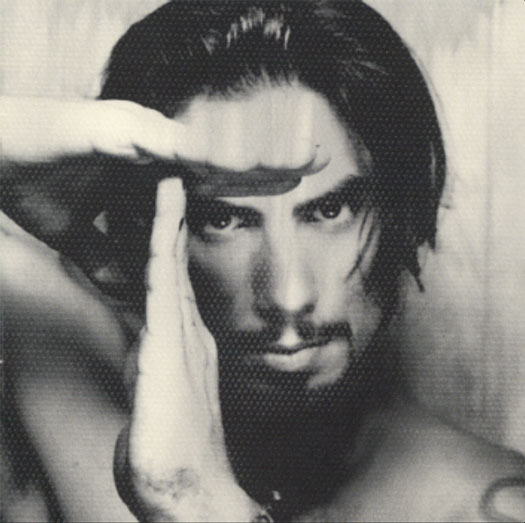 Trust No One, Dave Navarro
Trust No One, Dave Navarro
Navarro always wanted to have the next script item waiting in the screen so he knew what was coming next, and could go there in case he had to jump out early. During the dress rehearsal, a producer insisted that I blank the screen and wait to jump past several items, which she wanted to hide.
“Dude, the screen can never be blank,” said Navarro.
Then, he turned to his floor producer. “I think we need to get a new prompter,” he said.
She murmured something to him and we carried on.
When the show went live, Navarro carried it along with energy and charisma. Nobody noticed I was there, which is the best I could hope for.
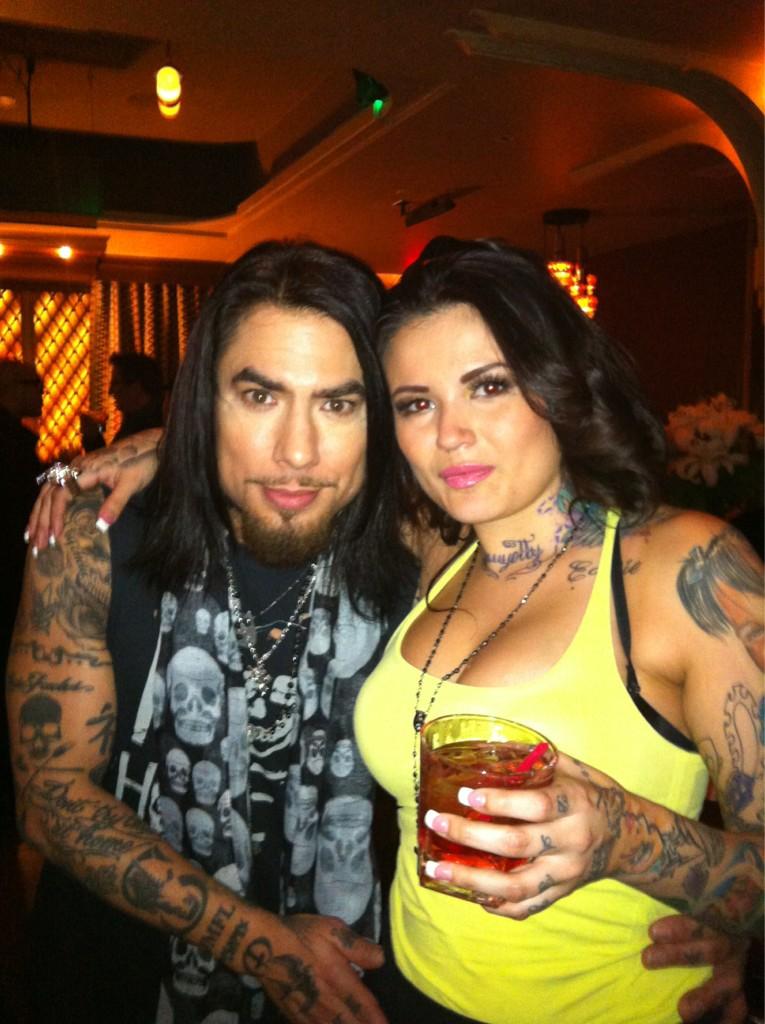 Dave Navarro and Tatu Baby at the after party, which I definitely was not invited to
Dave Navarro and Tatu Baby at the after party, which I definitely was not invited to
Back at home, I continued to read Navarro’s book and learned about the photo booth he installed in his home, his stalker, his hypothesis that, “The only people who stay in your life are the ones you pay,” his obsession with billboard celebrity Angelyne, the untimely death of his mother, his break with the Red Hot Chili Peppers, his addictions and his bands, Jane’s Addiction and Camp Freddy.
If it hadn’t been for Ink Master Live, I never would have thought about these things. Even if he wanted to replace me, I’m glad I got a glimpse into the world of Dave Navarro.
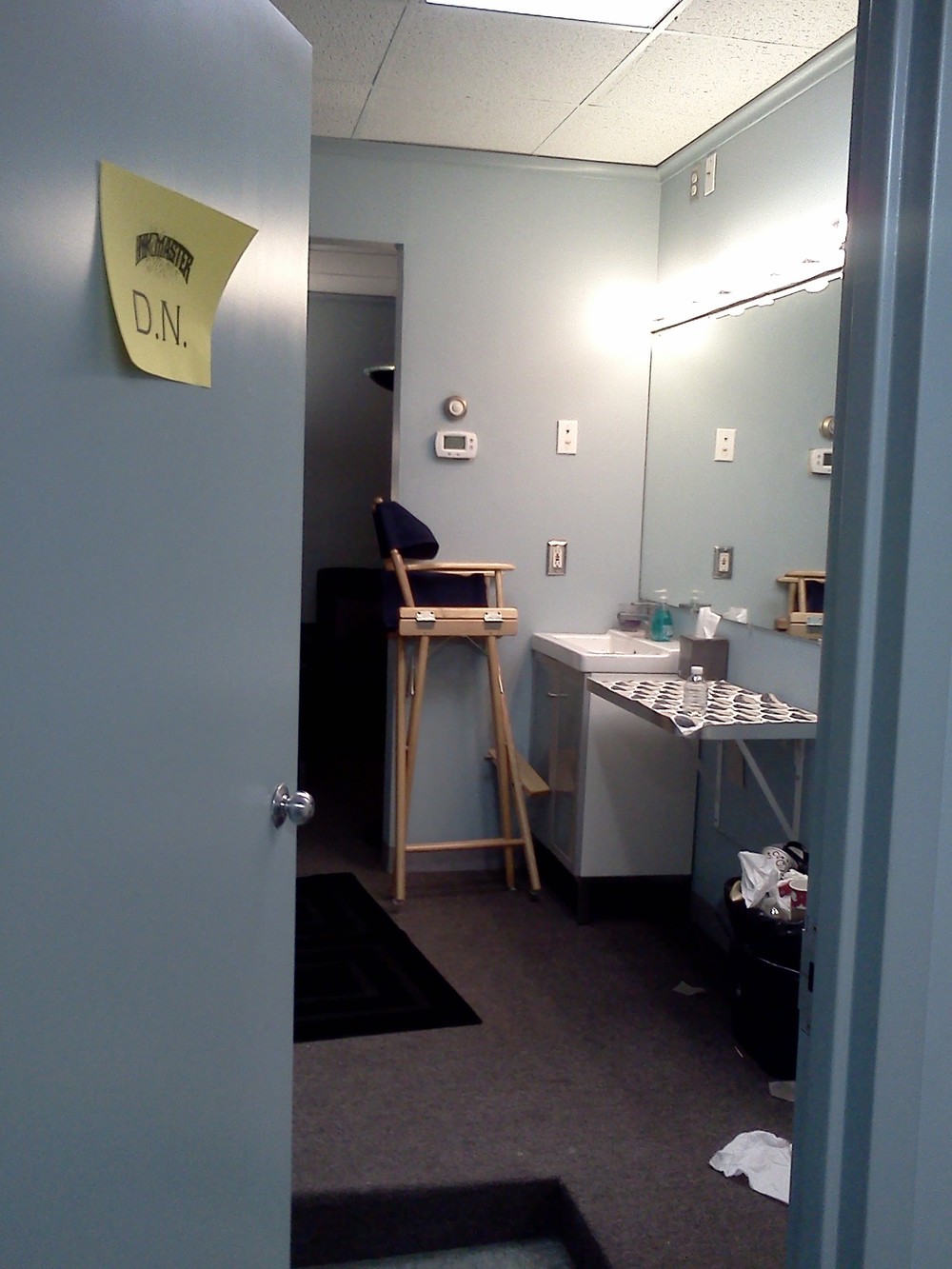

After a few comments I received following "Tattoos, Talent and Teleprompters," I felt I should clarify that I think Dave Navarro is a great human being who simply wanted things to run smoothly. Also, I read his book, so obviously I thought what he had to say was worthwhile. Also, clearly, he is hot. Also, what did I know? He cares about animals, too.
